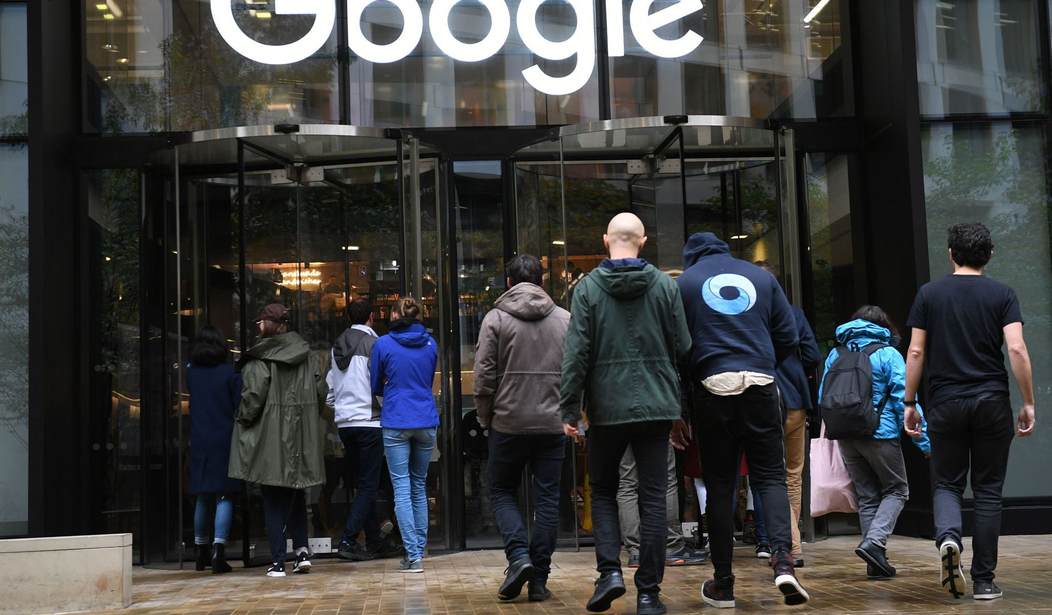The International Labor Organization says that vanishing jobs around the world could lead to a “lockdown generation” of younger workers unable to find a job after the pandemic passes.
In a survey, ILO and its partners found that over one in six of such young workers were no longer working during the pandemic, many with their workplaces shuttered or their usual clienteles stuck at home. Young people were already in a precarious position relative to other age categories, with work rates still below those before the 2008 economic crisis even before the pandemic hit.
“They have been basically ejected from their jobs,” Ryder said, referring to those who have stopped working. “There is a danger of long-term exclusion. The scarring of young people who are excluded from the labor market early in their careers is well attested by the literature.”
Several American economists are worried that 20-40 percent of jobs lost during the pandemic will not come back — despite the aspirations of employers.
“Firms intend to hire these people back,” he said, referring to a recent survey of businesses by the Federal Reserve Bank of Atlanta. “But we know from the past that these aspirations often don’t turn out to be true.”
Even firms that hire workers back may cause immense problems for some workers in the hospitality/restaurant industries.
The economy that does come back is likely to look quite different from the one that closed. If social distancing rules become the new normal, causing thinner crowds in restaurants, theaters and stores, at sports arenas, and on airplanes, then fewer workers will be required.
Large companies already expect more of their workers to continue to work remotely and say they plan to reduce their real estate footprint, which will reduce the foot traffic that feeds nearby restaurants, shops, nail salons and other businesses.
Concerns about crowded workplaces could also lead to less travel, reduced expense accounts, and automation.
The statistics are grim.
Of those still working, nearly one in four – or 23% – have seen their working hours reduced, the ILO said, pointing to a “triple shock” faced by young workers: Destruction of their work, disruption to their training and education, and obstacles moving in the work force or entering it in the first place.
Of the 178 million young workers employed around the world, more than 40% were in “hard hit sectors when the crisis began,” such as food services and hospitality industries, the ILO said. More than three-fourths are in “informal” jobs, including 94% of young workers in Africa alone.
“We run the risk of creating a situation — in this sort of snapshot of pandemic — which will have lasting effects,” Ryder told a virtual news conference from the ILO headquarters. “A lot of young people are simply going to be left behind in big numbers.
The labor crisis was already well underway as automation was replacing more and more workers and technology is promising massive disruptions in the labor force over the next 10 years. Self-driving cars and trucks along with artificial intelligence taking over up to 50 percent of office jobs could mean a literal collapse of the job market.
Even if the pandemic subsides and a modicum of normalcy returns to American life, these changes are coming. The coronavirus may have accelerated some of these disruptions, but the sad fact is that the young — last hired, first fired — are in for a very rough ride.
Editor’s Note: Want to support PJ Media so we can keep telling the truth about China and the virus they unleashed on the world? Join PJ Media VIP and use the promo code WUHAN to get 25% off your VIP membership.










Join the conversation as a VIP Member